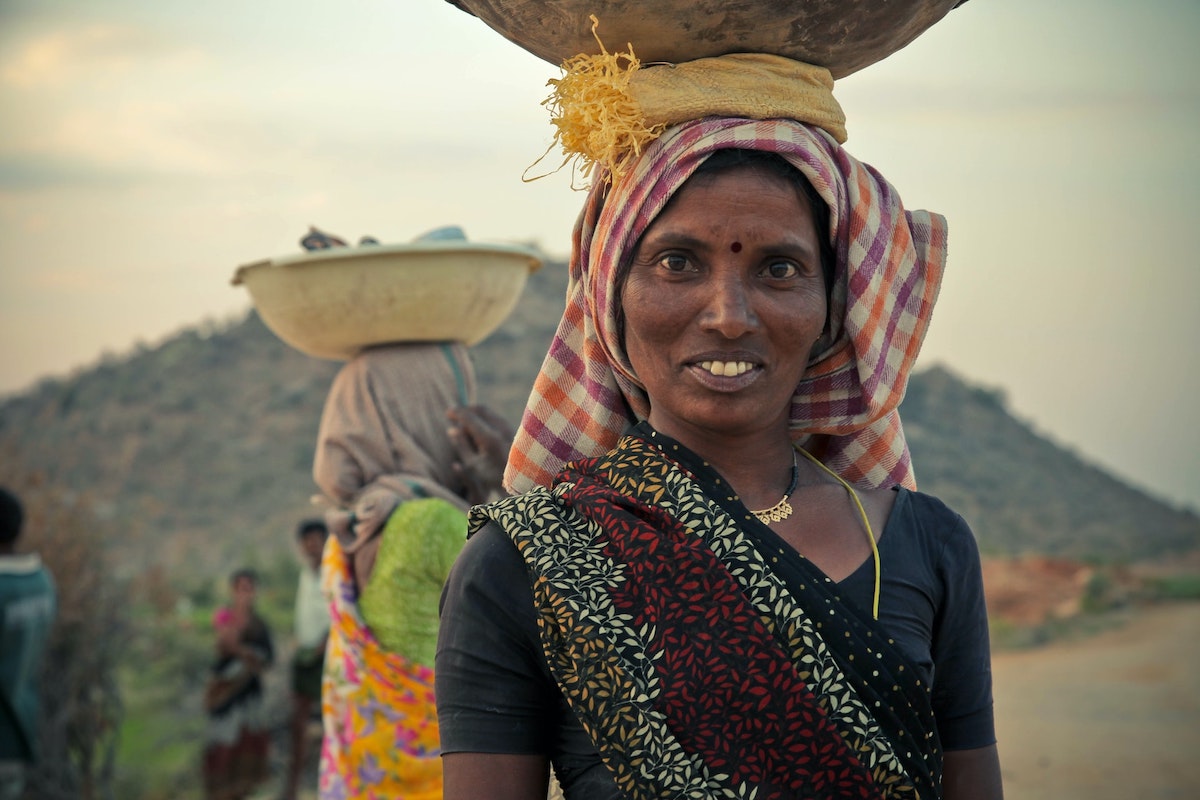- Authors: Sangita Vyas, Payal Hathi, Aashish Gupta
- Published in: Proceedings of the National Academy of Sciences
- Recognition: Winner of PAA's 2021 Dorothy S. Thomas Award
- Download paper
Abstract
An extensive literature documents the contributions of discrimination and social exclusion to health disparities. This study investigates life expectancy differentials along lines of caste, religion, and indigenous identity in India, home to some of the largest populations of marginalized social groups in the world.
Using a large, high-quality survey that measured mortality, social group, and economic status, we are the first to estimate and decompose life expectancy differences between higher-caste Hindus and three of India's most disadvantaged social groups: Adivasis, Dalits, and Muslims. Relative to higher-caste Hindus, Adivasi life expectancy is more than four years lower, Dalit life expectancy is more than three years lower, and Muslim life expectancy is about one year lower.
Economic status explains less than half of these gaps. The differences between the life expectancy of higher-caste Hindus and the life expectancies of Adivasis and Dalits are comparable to the Black-White gap in the US in absolute magnitude. The differences are larger in relative terms because overall life expectancy in India is lower.
Our findings extend the literature on fundamental causes of global health disparities. Methodologically, we contribute to the literature on mortality estimation and demographic decomposition using survey data from low- and middle-income contexts.
Photo by Ron Hansen.

